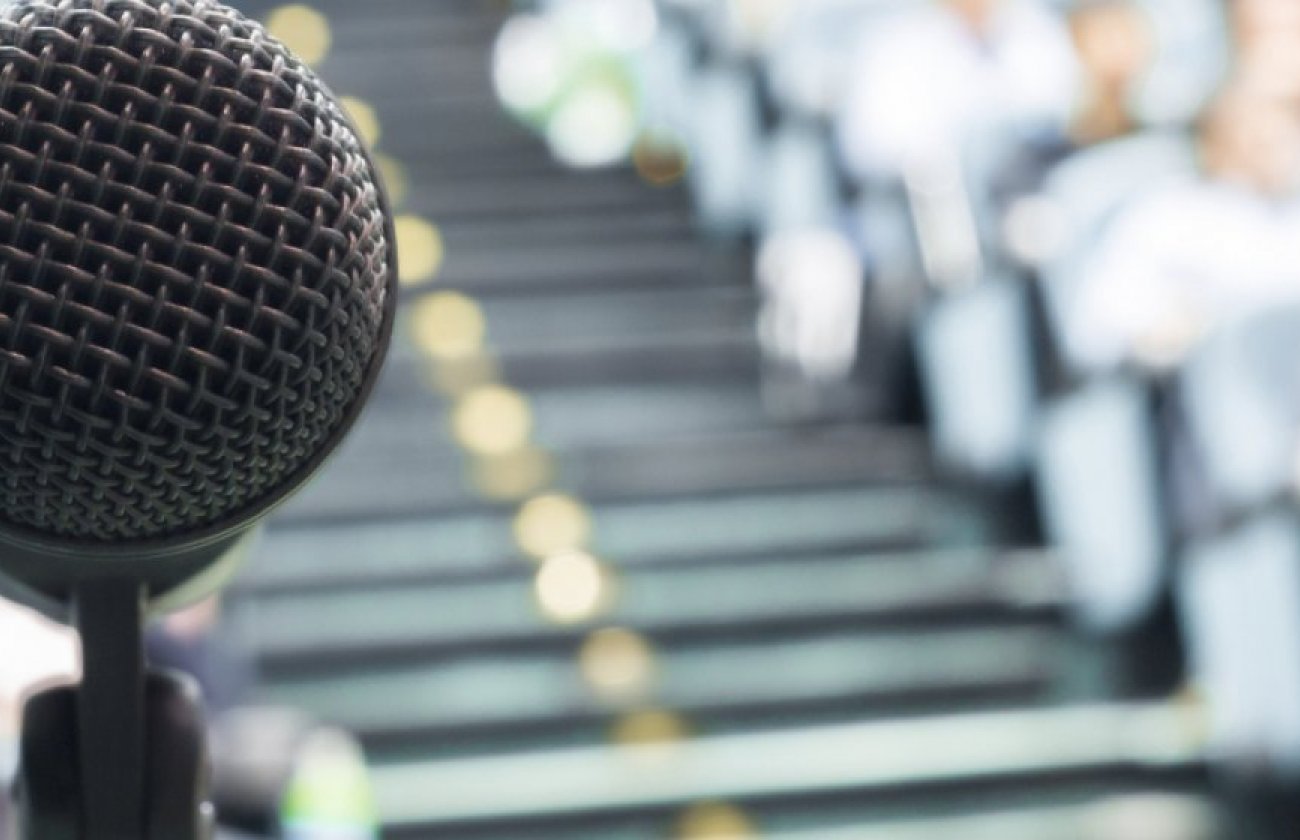Why can’t most inexpensive cell phones receive life-saving emergency weather alerts? Why, unlike people in much of the world, can't Americans listen to emergency information broadcasts on their cell phones? These are not accidents or unanticipated consequences. These are the results of deliberate decisions by the U.S. cell phone system that should be addressed by the Federal Communications Commission.
Based on a series of meetings with high level participants from government, industry and academia, the USC Annenberg Center for Communication Leadership & Policy recommends in a comment filed with the FCC ensure that cell phone carriers receiving subsidies through the FCC’s Lifeline program provide affordable mobile phones equipped with emergency services for all Americans.
CCLP applauds FCC Chairman Tom Wheeler’s proposal to modernize the Lifeline program to include subsidized access to broadband Internet, which is set for consideration at the FCC’s June 18 meeting. Because broadband Internet is increasingly accessed through mobile devices, the CCLP comment also emphasizes the need for the Lifeline subsidy to cover mobile broadband. While broadband internet access at home is important, mobile broadband is a critical tool for public safety because it is accessible to users at all times — not only when they are at home.
Lifeline is a government benefit program that provides discounts on monthly telephone service for eligible low-income subscribers to help them access basic services. The Lifeline program first launched in 1985 by providing landline phone service to qualifying households. Over the past decade, the program has expanded to include mobile devices. The CCLP comment identifies ways the program could be updated to improve health and public safety for all Americans.
The CCLP comment urges the FCC “to the maximum extent possible, and through the appropriate mechanisms, ensure that Eligible Telecommunication Carriers (ETCs) receiving funding from the Lifeline program: (1) provide phones and plans that allow for at least minimum text messaging and broadband; (2) provide phones that are equipped with an activated frequency modulation (FM) chip to enable all Lifeline users to receive life-saving information during emergencies when cell phone networks are overwhelmed; and (3) adopt Wireless Emergency Alerts (WEA) and provide phones that are WEA-capable.”
“Each of these recommendations will help to ensure that the United States continues working toward a public safety system that works for all Americans, from every socio-economic background and in every region of the country,” reads the comment, citing Rep. Fred Upton, Chairman of the U.S. House Committee on Energy and Commerce, who said “What we must strive for is an emergency system that leaves no one behind.”
“Mobile phones today offer enormous potential in regards to public safety and emergency preparedness, but current infrastructure and systems present substantial challenges as well,” said Geoffrey Cowan, CCLP director and USC University Professor who co-authored the comment along with CCLP Senior Fellow Adam Clayton Powell III. Cowan is the former dean of the USC Annenberg School for Communication and Journalism. He also taught communication law and policy at UCLA, where he was founding director of the university's Center for Communication Policy and argued a landmark case before the FCC.
In 2014, CCLP launched an initiative to research these issues, explore solutions, and define minimum capabilities of cell phones for health care, public safety, and other public services.
The recommendations to the FCC result from a January 2015 Washington, D.C. meeting organized by CCLP and The Annenberg Retreat at Sunnylands. That meeting brought together 20 high-level government officials, top mobile technology industry professionals, public advocates, and entrepreneurs to discuss the Wireless Emergency Alert system (WEA); Next Generation 9-1-1 (NG911); FM radio chip activation; and the FCC’s Lifeline program.
“These CCLP meetings show how industry, government, entrepreneurs and researchers can come together to reach consensus on improving public services – in this case, using cell phones as platforms for public safety and emergency preparedness,” said Powell.
Participants at the January 2015 meeting included Google vice president and “father of the Internet” Vint Cerf, and representatives from the FCC, T-Mobile, Emmis Communications, Mobile Commons, AMG Communications, Rand Corporation, National Institute of Justice, Food and Drug Administration and Sprint Nextel.
“This is such a vital area,” said David Turetsky, former FCC Public Safety & Homeland Security Bureau Chief. “The stakes are so high on making improvements in an area where you can save lives using technology in smart ways. The focus on what we could do to move that forward and also looking down the road with the help of some of the more technology oriented participants was very useful.”
Lifeline phones must be enhanced to ensure public safety, USC Annenberg recommends to FCC
May 29, 2015
Updated May 5, 2023 10:37 p.m.






